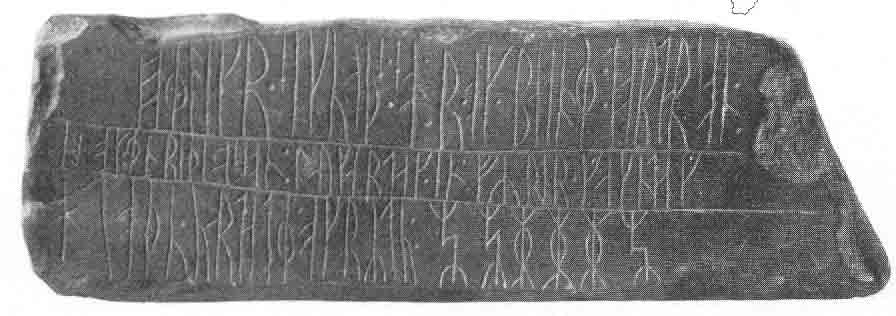Rogation Days once played a fundamental role for life in the old traditional agricultural communities. Here is a basic introduction to something that aught never have been forgotten (in my opinion)!

What are Rogation Days?
The Rogation days, along with the Ember days were ( and can still be) an expression of faith of farmers and are closely tied to the changing of the seasons.
The word rogation comes from the Latin word rogatio which means an “asking, entreaty or prayer.” These were days of prayer for a good growing season. The first of the Rogation days was on the 25th of April, called the Major Rogation. The Minor Rogation days were the three days preceding Ascension Thursday according to the Church calendar which usually fall around the end of May.
This is right around the Spring-planting season. Even if you are a seasoned farmer or gardener, it still feels like an act of faith in the miracle that those tiny, seemingly insignificant seeds will grow and produce food and sustenance for Man. And in an agrarian society, the crops meant everything. A bad year could mean a hungry winter. Thus, offering up this vulnerability to Almighty God was a simple act of faith for simple farmer folk.
How were Rogation Days observed?
Prayer and Fasting
A whole rite for the Rogationtide exists in the Roman Liturgy. A unique part included praying the “litany of the Saints”, asking for the prayers and intercession of all the saints in Heaven.
Even though the Rogation Days fall amongst the feasting of the Easter season, fasting is an important element. Think of it as an act of humility–an admission that we are still vulnerable creatures in need of continual mercy from God.
Religious Processions

In the Norse dialects and in Old English, the Rogation Days were known as “Gangdagar” or “going days”. This referred to the important custom of going on procession around the actual land, asking for God’s blessing on it. It consisted of a procession of priests and the entire community of lay folk around the boundary of the parish, carrying banners, torches and holy images of saints.
Complementing the spiritual aspect was another custom of a practical nature. In regions such as England, this was also called “beating the bounds”. This is where the children of the procession carried sticks and actually beat the landmarks of the parish boundary. This practice helped to re-establishing the official boundaries for all the members of the parish and also taught the next generation where the boundaries lay.

Why Should Rogation Days remain Important?
Alright, so maybe we of the 21st century can’t exactly go around “beating the bounds” of our parish. Why should we want to revive Rogation nowadays?
For one thing, Rogationtide is perfect illustration of directly tying Man’s relationship with God, his Creator, and with the Earth, God’s Creation. When God formed Adam, he placed him in the Garden to “tend and to keep it”. Thus, we know that Man has a natural connection with the soil. This, however, has become less obvious to many folk in the West these days. Rogation is a great way of reviving that connection that is both deeply spiritual and physical at the same time. Ultimately, it reminds us that the gifts of the soil are from God.

A Glimpse of what we have lost…
I think that people like me are quite taken with the idea of the Rogation Days because they also offer a glimpse into the solidarity of a natural communal life that has been all but lost in a modern world. The observance of these days were not meant to be private and centered on the individual. Rather, it was at its core a practice to be done as a community. Our sense of community has also faded in the modern world obsessed with the sense of the individual. Most of us no longer know what it means to be dependent on the help and shared effort and goodwill of our kinsmen and neighbors in order to achieve a successful harvest.
A fully-observed Rogationtide gives the individual a sense of belonging amongst his community and with his Creator. The more we can do to revive the observance of these days, the better!
~ Nathanael
The ministry Catholic Rural Life is also trying to make people aware of the Rogation days. Have a look at this great article: At Home Rogation Days Observation Guide
I have also written previously on the forgotten Ember Days. Read more about them here: Ember Days: a Great Way to Start Learning to Fast


Leave a Reply